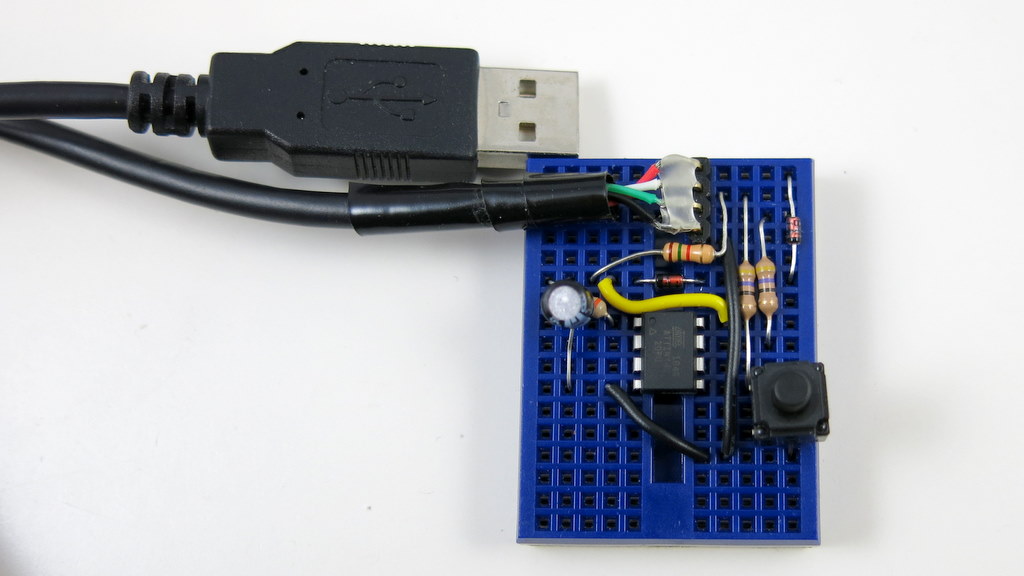
Right now I’m working on a.NET desktop application that needs to communicate with a USB device. The team has chosen to operate the device as a in lieu of creating our own USB driver. Avoiding a custom USB driver is great, but it has an unforeseen downside: the.NET USB libraries are not as rich as the.NET libraries for other USB device classes. Thankfully I found.
It took me a while to find this library, as it’s fairly low key and searching for something like “.net usb hid” results in some low-quality hits. Quem Roubou Meu Queijo Pdf. But HIDSharp is precisely what I was looking for. With HIDSharp, I can communicate quickly with code that looks roughly like this. What this code will to is to send a output report (write) and and receive and input report (read). This what normally happens with a HID device.
But a lot of designers choose HID, because it’s drivers “free” on Windows and the general misconception that a WinUSB device needs WHQL signed drivers. The WHQL articles from MS are written in such a way, most non-native speakers would conlude it is mandatory – it’s NOT. I have signed WinUSB drivers, that work and install without the Windows Security warning.
I'm looking for one of either 2 things 1 - A working example of code using Florian's library from: http://www.florian-leitner.de/index.php/2007/08/03/hid-usb-driver.
In fact there are propriatary USB descriptors to tell Windows it is a WinUSB compatible device, an drivers will be installed behind the scene. Anyway, when an embedded device needs to talk to a host over USB and its not a matter of user input, HID suggest using feature reports. El Grupo Nuevo De Omar Rodriguez Lopez Rar. In a project I’m doing right now, this is the case and the read/write does nothing for me. GetFeature() and SetFeature() are the functions to look at for in HIDSharp. Thanks Matt and Joel Coenraadts (Zer).